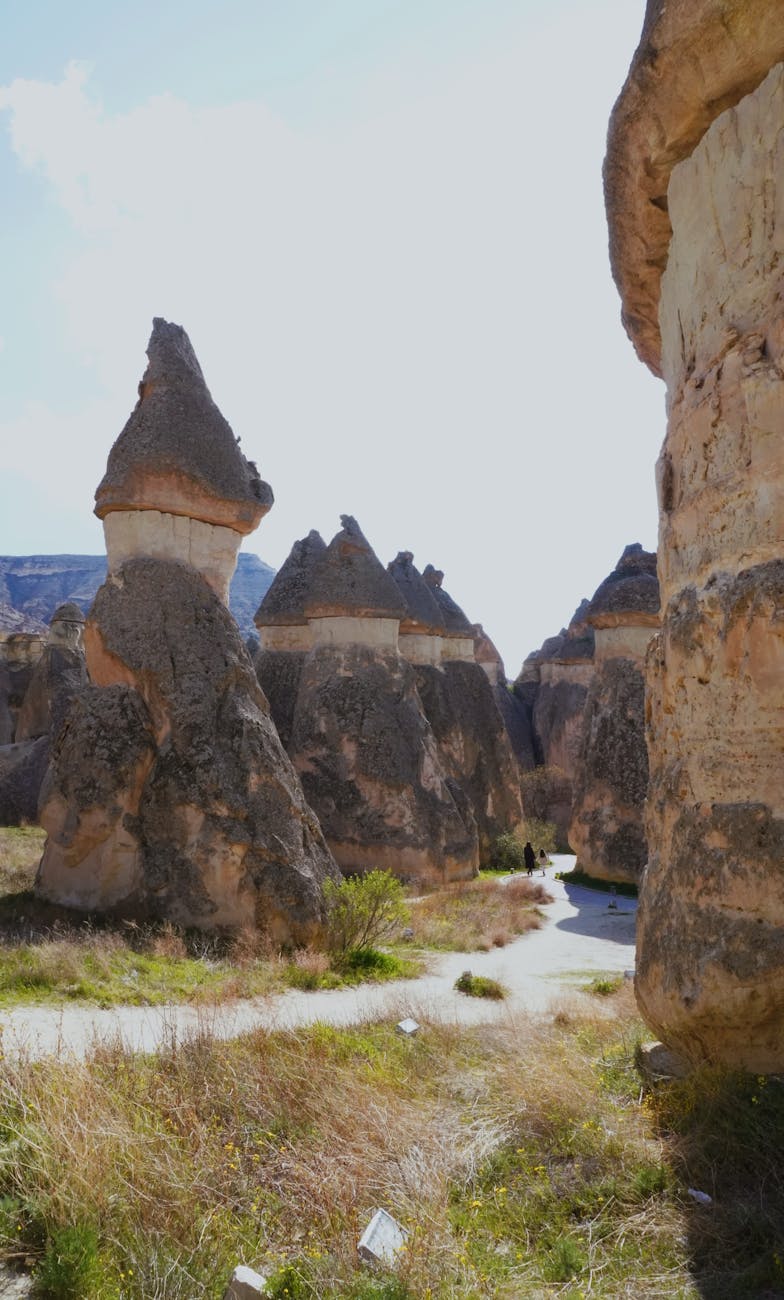Are You Ready to Face the Unthinkable?
Are your dream beach destinations slowly fading away? With the sun shining and sea waves crashing, it seems like paradise is everlasting. However, recent studies reveal an unsettling truth: many idyllic beaches are disappearing due to climate change, rising sea levels, and extensive human activity. This blog post delves into the causes behind this phenomenon, its impacts on our environment, and the urgent steps we can take to protect these lovely beaches. Get ready to uncover the mystery behind vanishing coastlines!
The allure of sandy shores, shimmering waters, and vibrant sunsets beckons millions of tourists each year. Sadly, these enchanting places face unprecedented threats that could alter their beauty forever. However, by understanding the challenges and implementing effective solutions, we can turn the tide and revitalize these disappearing gems. So, let’s dive right into this crucial conversation about our beloved beaches and their resurgence.
Table of Contents
1. Understanding the Disappearance of Beachfronts
2. The Role of Climate Change
3. Human Activities Impacting Coastal Areas
4. Solutions: How We Can Make a Difference
5. Ensuring the Future of Our Beaches
Understanding the Disappearance of Beachfronts
In the past few decades, the rate at which beaches are retreating has alarmed scientists and environmentalists alike. Various factors contribute to this issue, including natural erosion, human interference, and climate-related events. As storms become more intense and frequent, the outlines of coastlines shift dramatically, leading to the abrupt loss of land. Observing this phenomenon, one might wonder: is this the price we pay for our enjoyment of nature’s pristine beauty?
The statistics paint a concerning picture. Beaches around the globe are receding at an alarming rate of one to two meters annually in many areas. This relentless trend has a cascading effect on local ecosystems, tourism, and communities that thrive on the beauty of their coastlines. As we connect the dots, we unveil a startling reality that requires immediate action to preserve these natural treasures.
The Role of Climate Change
Climate change stands out as a significant contributor to the disappearance of beaches. Rising global temperatures lead to melting ice caps and glaciers, resulting in increased sea levels. Consequently, many coastal regions are witnessing a staggering loss of landmass. For instance, countries like Bangladesh and the Maldives face imminent threats as rising waters encroach on their coastlines.
Moreover, warmer ocean temperatures lead to stronger storms and hurricanes, which increase coastal erosion. As destructive tidal waves wash ashore, they irrevocably alter landscapes, displacing both nature and communities. Indeed, these developments compel us not only to reflect on our environmental responsibilities but to act swiftly to address the causes of climate change.
Human Activities Impacting Coastal Areas
The human footprint on coastlines is extensive and often detrimental. Urbanization, pollution, and deforestation significantly affect the health of beach ecosystems. Coastal development, while economically beneficial, often leads to habitat loss for countless species that call these areas home. When nature is compromised for progress, the consequences can be devastating, both ecologically and economically.
Beyond mere development, activities like sand mining disrupt natural sediment flow, further exacerbating erosion. Excessive pollution from land runoff also sullies pristine oceans, harming marine life and diminishing the natural beauty that attracts tourists. It is imperative to understand how these choices affect not just our current enjoyment of these locations but also the well-being of future generations.
Solutions: How We Can Make a Difference
Though the situation may appear dire, there exists hope for the future of our treasured beaches. Innovative solutions and collective action can pave the way for better environmental stewardship. Coastal restoration projects, for instance, aim to replenish eroded beaches and reestablish ecosystems affected by human activity. These initiatives present valuable opportunities for communities to come together and work towards sustainable practices.
Additionally, raising awareness through education plays a pivotal role in fostering public understanding of the challenges beaches face. By promoting eco-friendly tourism, supporting local conservation projects, and encouraging sustainable beach practices, individuals can make a palpable difference. Society thrives when we collectively prioritize environmental health, empowering future generations to enjoy these breathtaking escapes.
Securing a Bright Future for Our Beaches
As we confront the realities of disappearing beach destinations, it is vital to remember that action is not only necessary but achievable. By acknowledging the complexities of climate change, understanding human impacts, and advocating for proactive solutions, we can collectively fight for the preservation of our coastlines. The future of these paradises depends on our willingness to engage in meaningful efforts to restore their splendor. So let’s embrace our role as stewards of the environment and ensure these beautiful beaches are sustained for generations to come!
Frequently Asked Questions
1. What are the main causes of beach erosion?
Beach erosion primarily results from natural forces like storms and rising sea levels due to climate change, alongside human activities such as coastal development and sand mining.
2. How can I help protect my local beaches?
You can participate in local cleanup efforts, support coastal conservation initiatives, and advocate for sustainable tourism practices. Every small action contributes to a larger impact.
3. Are there effective restoration projects in place?
Yes! Many coastal regions have established restoration projects that focus on replenishing eroded beaches, enhancing ecosystems, and fostering community involvement.
4. How does climate change impact marine life?
Climate change leads to ocean acidification, temperature fluctuations, and altered habitats, which can threaten marine biodiversity and disrupt ecosystems.
5. What can individuals do to raise awareness about beach conservation?
Utilizing social media platforms, organizing local events, and collaborating with community groups are excellent ways to raise awareness and promote beach conservation efforts.
Image Credit: Pexels





